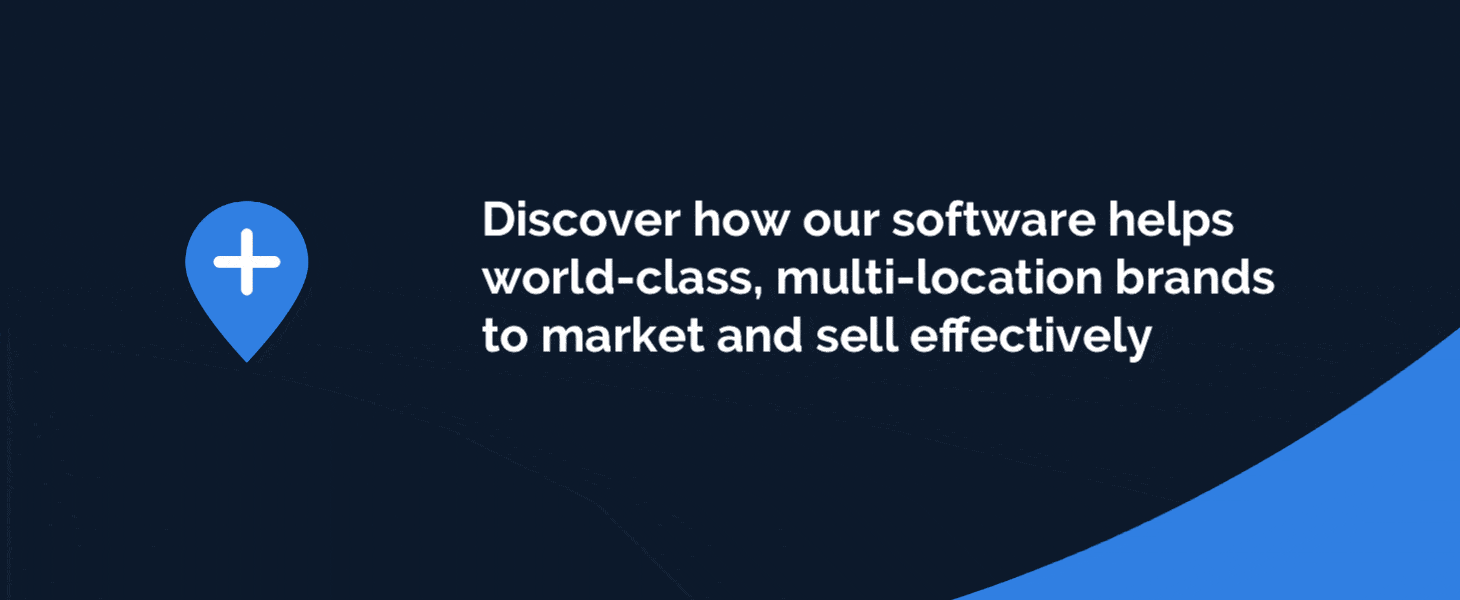A brand audit is an essential task in maintaining the health of brands by taking a closer look at market positioning in comparison to competitors and aligning future marketing strategies. Brand managers and decision makers are able to analyze strengths, weaknesses, opportunities for growth, and even market forces to prepare for a brand audit.
The information garnered from a brand audit guide helps companies to improve brand awareness, brand compliance, brand loyalty, and even business agility by capitalizing on changes in the market. All of these benefits can ultimately improve brand equity, building stronger brand value.
When conducting a comprehensive brand audit to gain a competitive edge in a market, companies should:
1. Determine Key Objectives
The first step in a brand audit is to clearly outline the organization’s strategic objectives and long-term plan for growth. It’s important to identify brand goals, ideal customers, and any changes occurring in the external business environment that may affect brand perception.
Establishing these key objectives for your brand provides a starting point for determining what aspects of the brand should be examined during the audit.
2. Analyze Available Data
Organizations often own high volumes of data from sources such as website interactions, social media, customer service, and sales. Accessing and examining this data can provide valuable insights into brand performance and help established KPIs. Consider examining the same data at different points in time to monitor brand progress and changes in consumer behavior.
3. Review Assets
All current brand assets and content should be reviewed and evaluated for inconsistencies and improvements. Brand assets can be comprised of internal materials, print and digital files, and advertising and public relations activities. They can also include corporate interactions, company mission statement, value propositions, and corporate culture.
As you review each asset, make sure to note which are approved, which need content optimization, and which need design updates. Assign the proper updates to either the marketing and design team to ensure that each asset’s content, messaging, tone, and visual design is on-brand. By updating all items at once, teams can reduce the number of one off updates and edits to specific items. This also helps potential customers remember your company which will improve the effectiveness of your marketing initiatives in the long-term.
4. Address the Customer and Competitor
Surveying customers can provide useful information to supplement data gathered from website, sales, and social media. A targeted, well-constructed questionnaire or survey can be used to either confirm or rebut assumptions and provide recommendations for improving marketing campaigns and sales tactics.
Conducting a brand review for an organization’s top competitors helps companies understand their place in the market. Analyzing the successes and failures of other brands can also help your organization identify additional opportunities and avoid past mistakes.
5. Create an Action Plan
After collecting surveys from customers, results should be compiled into a large-scale plan of action. Start by creating a project outline organized by level of urgency. Then, continue regular monitoring to help determine whether the new branding efforts are on target, effective, and helping the company progress in the market.
6. Revisit and Optimize Frequently
Brand audits need to be conducted on a regular cadence in order to understand continuous market changes and keep assets up to date and optimized. With market and industry trends constantly changing, a brand and process audit should never be a one and done process. With the right digital asset management tools, businesses can conduct audits in an organized and strategic fashion using better reporting and analytics.
By better understanding a brand’s position in the market, companies can create a strong and effective brand presence to build positive customer experiences.
Strengthen Brand Value and Ensure Brand Compliance With CampaignDrive
Marketing automation platforms, like CampaignDrive, help to centralize company assets for accurate data consolidation, faster campaign implementation, and maintaining brand compliance across business locations. Designed with brands in mind, CampaignDrive gives businesses the insights into which internal assets are being used the most by franchises and the tools to effectively execute brand audits and strategic marketing plans. By storing assets in one location, marketing teams can easily locate and log specific assets that must be updated and optimized.
Request a demo with our marketing experts to learn how we can help you better centralize and manage your marketing assets and ensure brand compliance at a national and local level.





